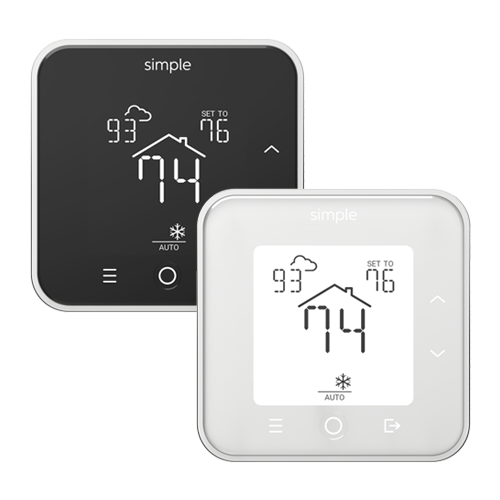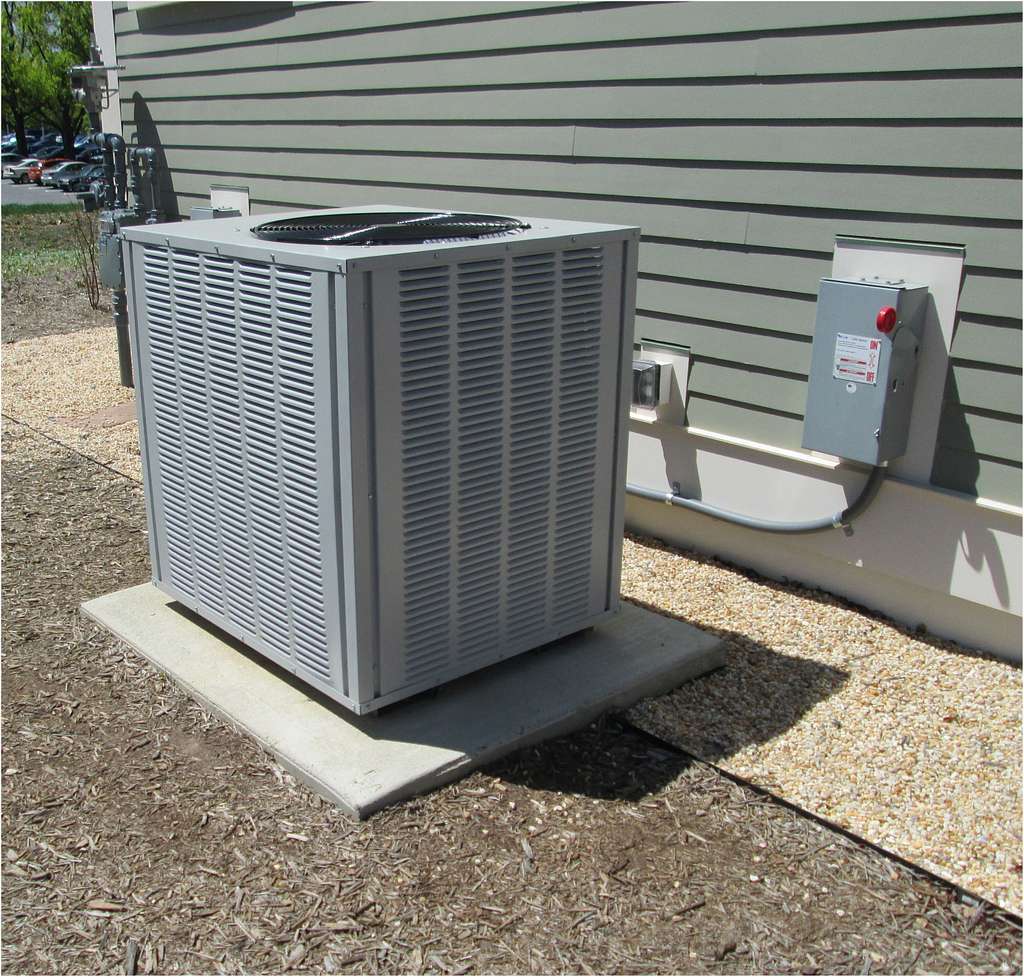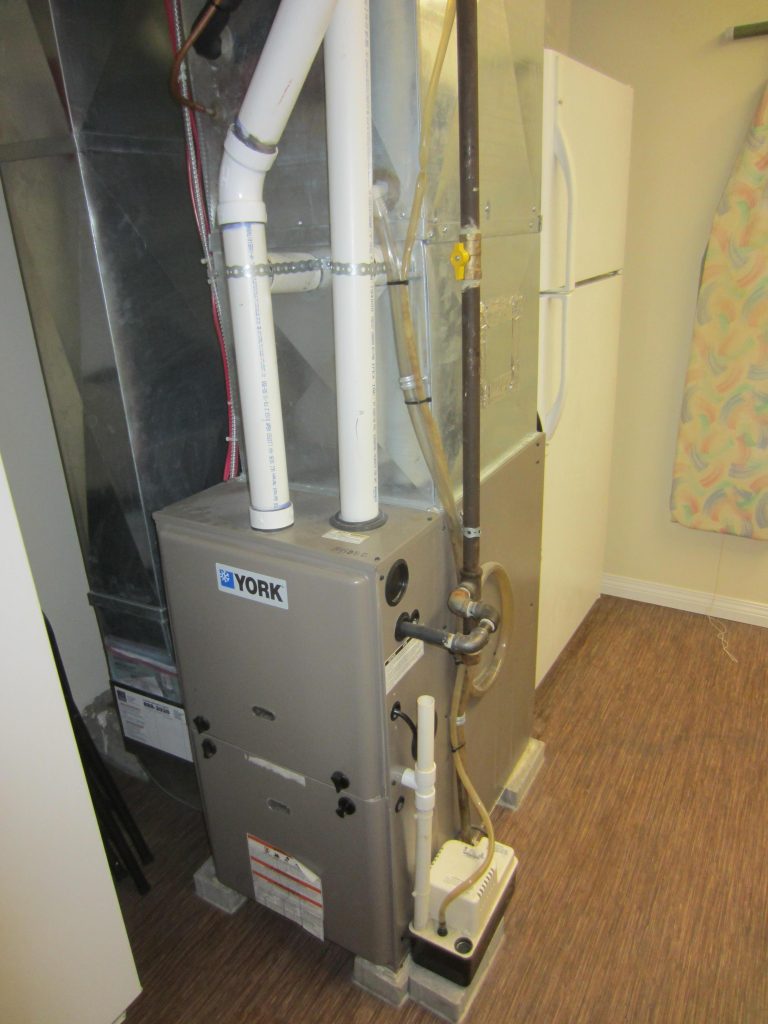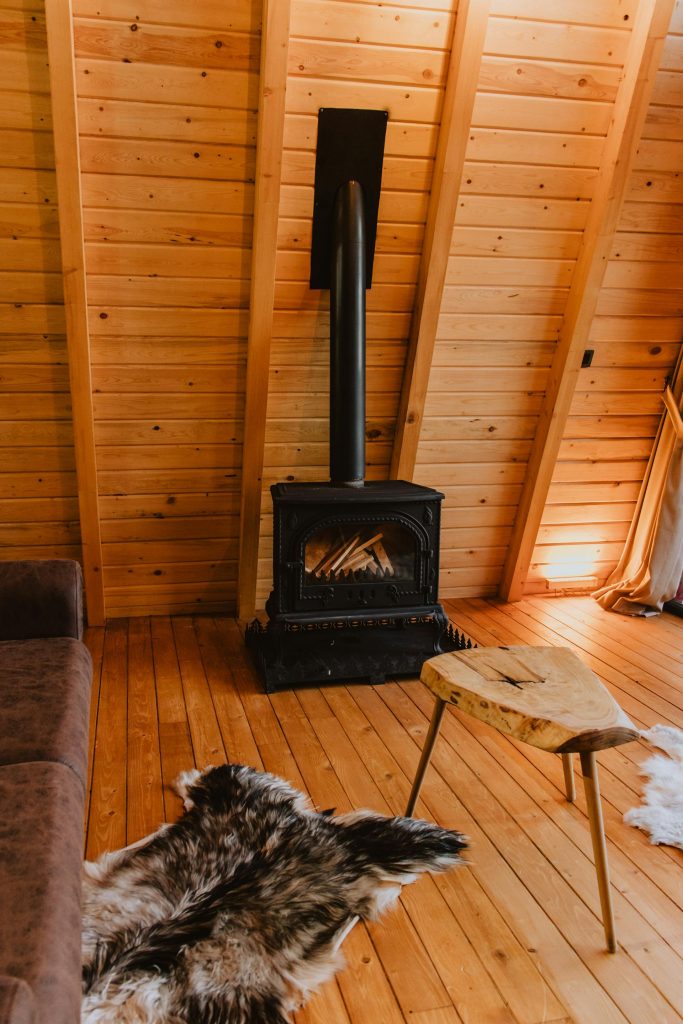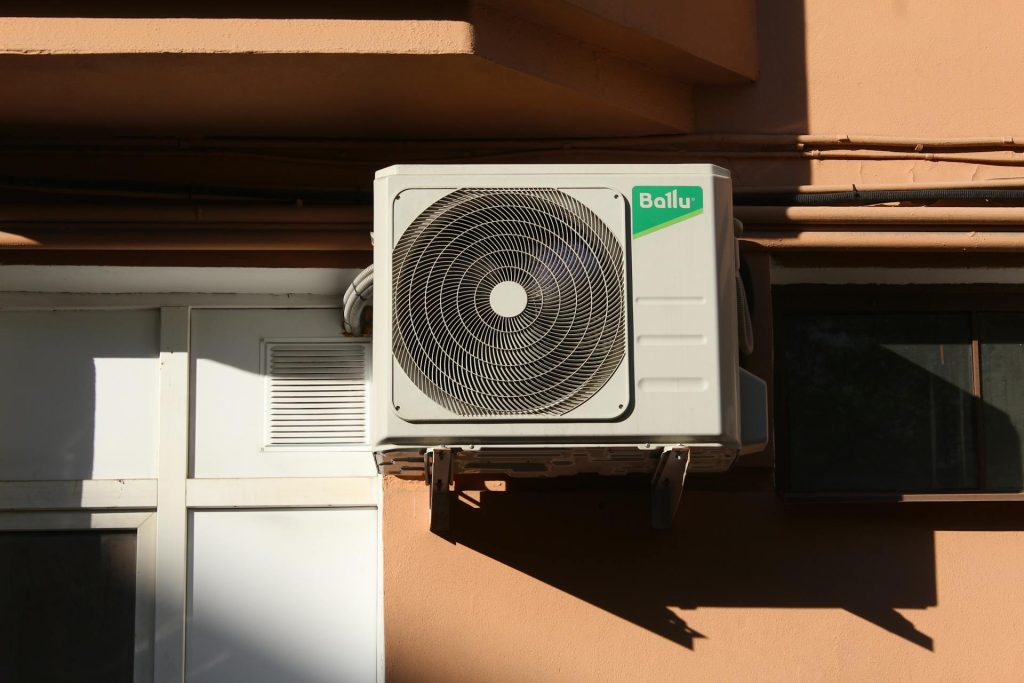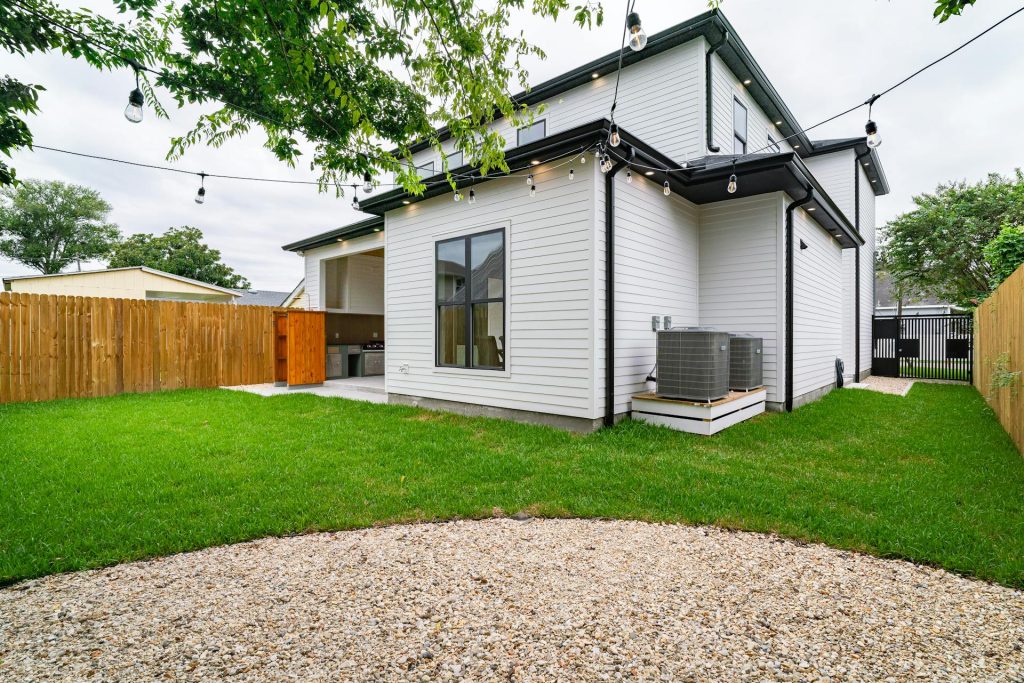How HVAC Systems Help Reduce Indoor Allergens and Improve Air Quality In Laurel and Billings, Montana, outdoor allergens like pollen and dust can quickly make their way inside, especially during allergy season. Combine that with common indoor irritants—pet dander, mold spores, and airborne bacteria—and it’s easy to see why many homeowners suffer from year-round allergy symptoms and poor indoor air quality. Fortunately, a well-maintained HVAC system can do more than just heat and cool your home—it can actively help reduce allergens and improve the air you breathe. Why Indoor Air Quality Matters in Montana Because of our region’s long winters and hot summers, homes in Laurel and Billings often stay tightly sealed to keep out the elements. While this improves energy efficiency, it also means allergens and pollutants get trapped indoors and recirculated through your HVAC system. Poor indoor air quality can aggravate asthma, cause headaches, lead to sinus issues, and trigger allergies—especially in children and older adults. Improving your HVAC system’s filtration and airflow is one of the most effective ways to combat these issues. At Patriot Heating & Cooling, we specialize in creating healthier home environments through smart HVAC upgrades and routine maintenance. HVAC Features That Clean the Air A standard HVAC system already plays a role in air filtration, but upgrading or enhancing it can significantly improve your home’s air quality. Here are a few ways your system can help: 1. High-Efficiency Air Filters: Replacing your basic fiberglass filter with a high-MERV-rated filter (Minimum Efficiency Reporting Value) can trap more airborne particles, including pollen, dust mites, and pet dander. The higher the MERV rating, the better the filtration—though it’s important to choose one that works with your system’s airflow capacity. 2. UV Light Air Purifiers: UV (ultraviolet) lights installed inside your HVAC system can kill mold spores, bacteria, and viruses as air passes through your ducts. These are particularly effective in homes prone to humidity or where mold is a concern. 3. Whole-Home Humidifiers and Dehumidifiers: Maintaining the right humidity level—ideally between 30% and 50%—helps prevent mold growth and dust mite infestations, both of which thrive in damp environments. A whole-home humidifier or dehumidifier works in tandem with your HVAC to create a balanced indoor climate. 4. HEPA Filtration and Air Cleaners: Some systems can be upgraded to include HEPA (High-Efficiency Particulate Air) filters, which capture 99.97% of particles down to 0.3 microns. Electronic air cleaners can also trap particles and neutralize odors and chemical fumes. Routine HVAC Maintenance Makes a Big Difference Even the best filtration system can’t help if your HVAC unit is clogged with dust or running inefficiently. Seasonal maintenance—like cleaning your air ducts, checking for leaks, and replacing filters regularly—can drastically improve your indoor air quality. At Patriot Heating & Cooling, we recommend homeowners in Billings and Laurel schedule HVAC inspections at least twice a year: once before heating season and once before cooling season. This keeps your system running smoothly and ensures allergens aren’t building up in your ducts or components. Signs You Need an Air Quality Upgrade You may benefit from an HVAC air quality solution if you’ve noticed: Persistent allergy symptoms indoors Musty odors or visible mold Excessive dust buildup Uneven humidity levels Poor sleep or frequent respiratory issues Modern HVAC systems, or even upgrades to your current system, can offer cleaner, fresher air that helps your whole family feel better—especially during allergy season in Montana. Breathe Easier with Patriot Heating & Cooling Indoor air quality is about more than comfort—it’s about health. Whether you’re looking to reduce allergens, control humidity, or remove pollutants, Patriot Heating & Cooling is here to help. Our team proudly serves Laurel and Billings with expert HVAC services that go beyond basic heating and cooling. Visit https://patriotheatingandcoolingllc.com to learn more or schedule your free indoor air quality consultation today. Let us help you create a home environment where everyone breathes easier. Read Next: The Impact of Smart Vents and Zoning on Home Comfort and Efficiency hongkong pools asli hongkong pools asli penidabet penidabet link


